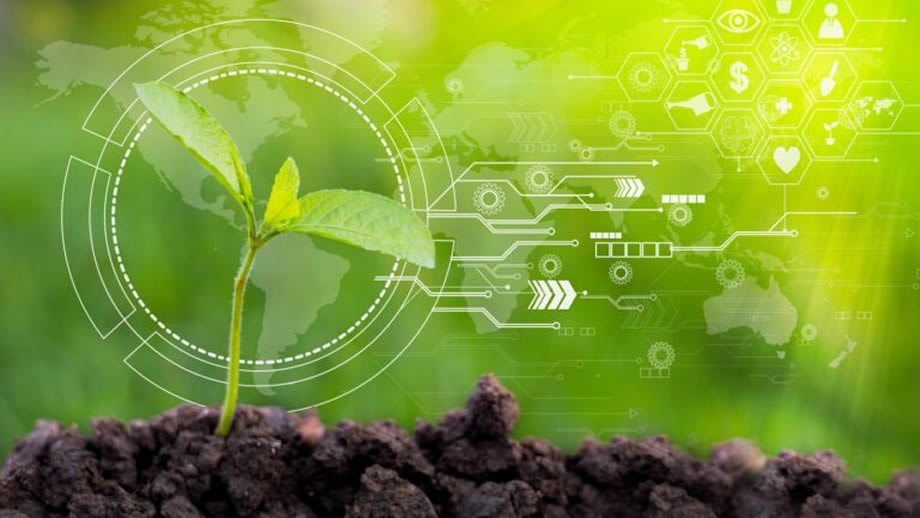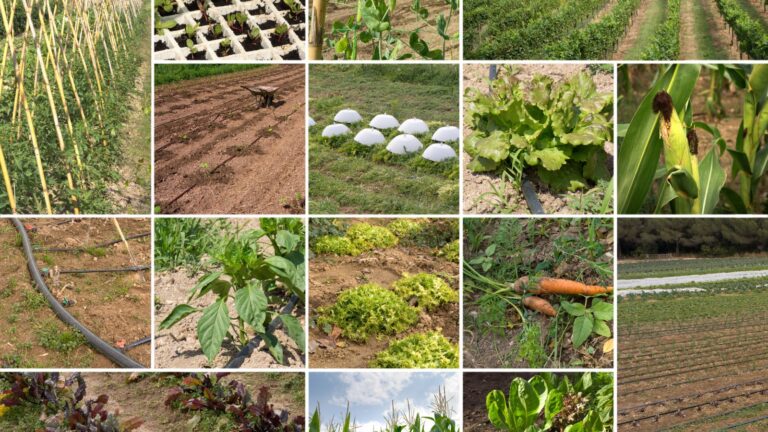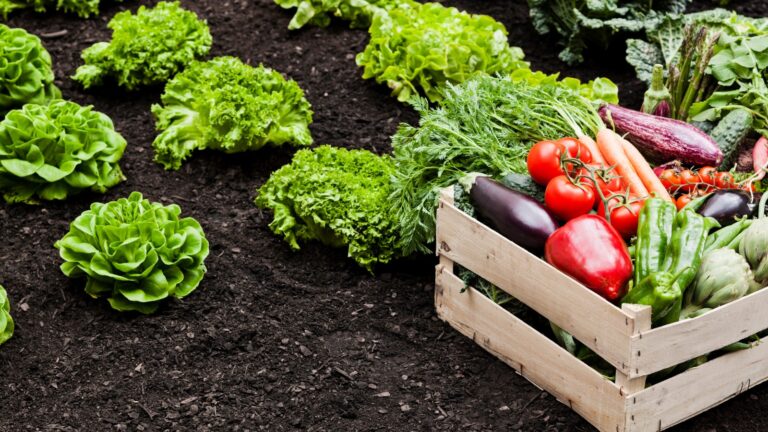With the increasing risk of a global or national food crisis, there is always potential for a green revolution to take place. In Asia, for instance, during the 1960s, a green revolution in rice production occurred. Throughout other parts of the world, similar shifts took place. But what exactly refers to the green revolution? While historically, the world has only experienced one, recently, discussions on a second green revolution have started to take place. This blog will provide an overview of the green revolution explaining what it is, and how it impacted the world and its effects in Australia.
What is the Green Revolution, and What Did it Mean to the World?

According to an article by Edward D Melillo, Green Revolution refers to “the controversial array of programs and policies that introduced high-yield seeds, intensive irrigation techniques, herbicides, pesticides, mechanisation, and petrochemical fertilisers to parts of the developing world during the 1960s and 1970s”. In other words, the revolution can be seen as a time period which led to the high productivity of crops through various measures.
Mexico was the instigating country of the green revolution, although it was transitioning to green agricultural practices years before the 1960s. It was due to work attributed to an American Scientist named Norman Borlaug. In the early 1900s, Borlaug was based in Mexico, where he developed new high-yielding varieties of wheat, which, scientifically, is known to be great for one’s immune system. Taking advantage of Mexico’s agricultural technologies at the time, the country started producing wheat in a surplus and subsequently became one of the biggest wheat exporters by the 1960s. Seeing the success of the green revolution in Mexico, it started to gain traction in other parts of the globe.
The 1960s, therefore, became an important period whereby countries around the globe started to invest heavily in nurturing the right infrastructure to grow sustainable crops. Countries also started to focus on agricultural market development and implementing the relevant policies required. The direct impact of the green revolution was felt in many nations. For instance, the production of cereal crops tripled, and poverty levels were comparatively improved as affordable food was being made available. In return, the mortality and malnutrition levels were reduced. Hence, research notes that global caloric availability would have been reduced by around 11 to 13 per cent if not for the green revolution. Most importantly, the green revolution greatly influenced countries to shift from importing grains to becoming self-sufficient nations.
The Green Revolution Was Not Without Damage

Contrary to the view that the green revolution significantly improved economies, it should be noted that after a certain period, there were a few unintended and unforeseeable adverse effects resulting from the revolution. For example, the drastic consequences of pesticides, insecticides and similar chemicals negatively impacted the environment, whilst farmers who did not use precautions had to deal with serious health conditions. Countries like India, moreover, faced water scarcity problems as the water was increasingly directed towards agriculture. Other environmental impacts include air pollution from burning agricultural waste, depletion of soil nutrients, and the extinction of indigenous varieties of crops. All this demonstrates that green revolutions that may occur in the future need to consider ecological principles to ensure no permanent damage occur.
The First Green Revolution
The first green revolution in the mid-1960s focused primarily on traditional plant breeding. At this time, new strains of corn, rice and wheat were introduced to the third world. The world also introduced chemical fertilisers to the agricultural sector, contributing to increased yields. Hence, by 1967 corn production tripled in Mexico while India’s grain harvest increased to 50 per cent.
A report by Professor Peter Langridge noted that Australia increased its crops nearly two and a half times. By the end of 2007, Australia experienced exponential growth from 1.84 billion tonnes to 4.38 billion tonnes, with just 11 per cent of more cropped land. The growth of the country’s agricultural sector is mainly experienced in its southern areas. As Australia is a major food exporter today, the country produces enough food to feed approximately 60 million people, which is three times the current population.
What To Expect in a Second Green Revolution?

While officially a second green revolution has not occurred, researchers identify that it will focus on improving the yield of crops grown in infertile soils by farmers with little access to fertiliser. This differs from the first revolution, which focused on improving yield in crop growth in high soil fertility. Since the first green revolution also focused on gain production, only large farmers relatively reaped benefits. Hence, the majority of the farmers in third world countries did not specifically improve or flourish during the first. Thus, countries in the African continent, and countries in Asia, such as India, missed out on improving their agriculture. It should be noted that the second revolution is not merely a phase to implement the first revolution features to countries that missed out on the first revolution. Instead, this is distinctively different, with a focus on sustaining productivity within the limits of natural resources, envisaging a revolution that has integrated programs that complement different soil characteristics matching seeds, grains, conversions to food and more.
The concept of the second green revolution aims to attain food security and sustainable farm profitability in terms of the entire cycle of agro-economy, starting from the farmer to the consumer. It primarily aligns itself with sustainable development principles that enable all stakeholders to contribute towards the desired objectives in a synergetic collaboration. Technology is meant to play a key role in the future as agricultural practices will be integrated with various advanced technologies such as nanotechnology, biotechnology, genetic engineering and more. It is expected to consider sustainable practices for traditional and commercial farming, specifically promoting horticulture, aquaculture, sericulture, medicinal crops and more. A significant feature of the green revolution is focusing efforts on massive crop diversification and multiple cropping. Hence instead of being a self-sufficient country that can only produce grains, governments are expected to be able to grow their one pulses and oilseeds.
A Green Revolution in the Foreseeable Future?
By the end of 2022, by an estimate of the United Nations, the world will have eight billion people. The UN predicts that the population will grow to 9.7 billion in 2050 and 10.4 billion by 2100. This means with increasing populations, the lack of countries with strong agricultural industries might be at risk. Countries are missing out on new technologies that developed countries are integrating into their farming practices, thereby requiring access. This is further heightened by countries with high population growths missing arable land due to urbanisation and industrialisation. As a result, farmers have to aim at growing more food on less land.







